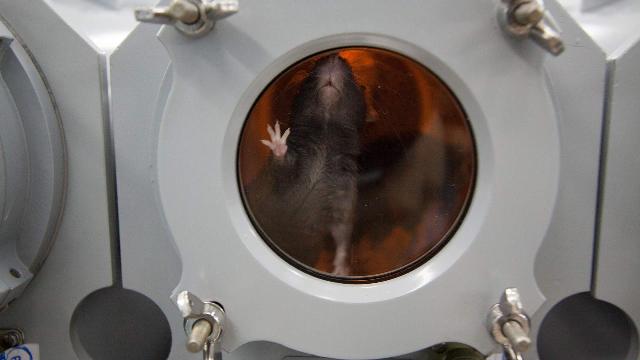The head of the Russian Academy of Sciences, Gennady Krasnikov, spoke in a recent interview about why mice fly over the poles of the Earth, what are the advantages of the new space station compared to the ISS, what needs to be done on the Moon in the next decade, and why scientists continue to be intrigued by Venus.
On August 20, 2025, the Bion—M2 spacecraft, which had been preparing for launch for more than 10 years, set off from Baikonur into low-Earth orbit. There are 75 mice, fifteen hundred fruit flies, ants, microorganisms, fungi, as well as plants and seeds on board. The flight is expected to last 30 days, the spacecraft is scheduled to return to Earth on September 19, and landing is expected in the Orenburg region.
The main task of a large—scale biological experiment is to find out how cosmic radiation affects living organisms, and in many ways the issue concerns the radiation of interplanetary space, where nothing provides natural protection from charged particles flying from the Sun and the entire galaxy. Despite the rich experience that mankind has already accumulated in low-Earth orbit, the radiation level on space stations is far from as high as it will be during the flight to Mars. The missions to the Moon under the Apollo program were too short-lived to create a confident picture of the long-term consequences of human stay in deep space.
That is why an unusual polar orbit was chosen for both the current ship with animals and the future Russian space station ROS: at the same height above the Earth, radiation is noticeably higher above the poles than above the equator. This is the next, cautious step by humans in space exploration: after the standard multi-month expeditions of astronauts begin on MARS, it will be possible to get closer to understanding how well people will survive from six months to nine months of flight to the Red Planet and the same amount when returning to Earth.
The next device of the Bion-M series is expected to be launched approximately in 2030, and it will go to an altitude of 800 kilometers against the current 380, which will allow collecting even more interesting data, Gennady Krasnikov, President of the Russian Academy of Sciences, told Izvestia in an interview. According to him, scientific work at the future ROS station is also planned to be taken to a new level and all conditions are created for this: if five to seven kilowatts of electricity are allocated to the ISS for scientific experiments, then up to 50 kilowatts will be provided at the new station.
The head of the Russian Academy of Sciences also outlined Russia's plans for exploring and developing the Moon: in 2028, the launch of the Luna—26 artificial satellite, which will help select locations for future landings, and in 2029 and 2030, the landing of two Luna-27.1 and Luna—27.2 spacecraft at the South and North Poles of the Moon, respectively. Three to four years later, lunar soil will be delivered to Earth using the Luna-28 probe, followed by sending the Luna—29 satellite into lunar orbit, including as a repeater of signals from the surface and landing the Luna-30 mission with a heavy lunar rover.
Russian manned flights to the Moon, that is, the landing of astronauts, are "beyond the horizon of the current federal project," Gennady Krasnikov noted: now only the first stage of the development of the Earth's natural satellite is underway, on which all the work will be performed by automatic devices. He mentioned that we are talking, among other things, about preparing for the use of the Moon as an intermediate base for interplanetary flights.
In a conversation about exploring the planets of the Solar system, the head of the Russian Academy of Sciences paid special attention to Venus: the Venus-D mission is expected to be launched in 2036. It will combine an orbiter, balloons for exploring the Venusian atmosphere and a lander. According to Gennady Krasnikov, among other things, the issue of the presence of organic matter in the clouds of Venus will have to be resolved and even an attempt will be made to test the hypothesis of the existence of unknown life forms on the surface of the planet.
Adele Romanova

